The Power of Photography
As a credible witness to world events, at times the photograph has played a pivotal role in provoking societal debate and influencing the policies of governments. The extensive digital manipulation of photographs over the last three decades, along with the advent of photorealistic imagery generated by artificial intelligence systems, put this ability at risk.
Here are a few examples of the power of photography:
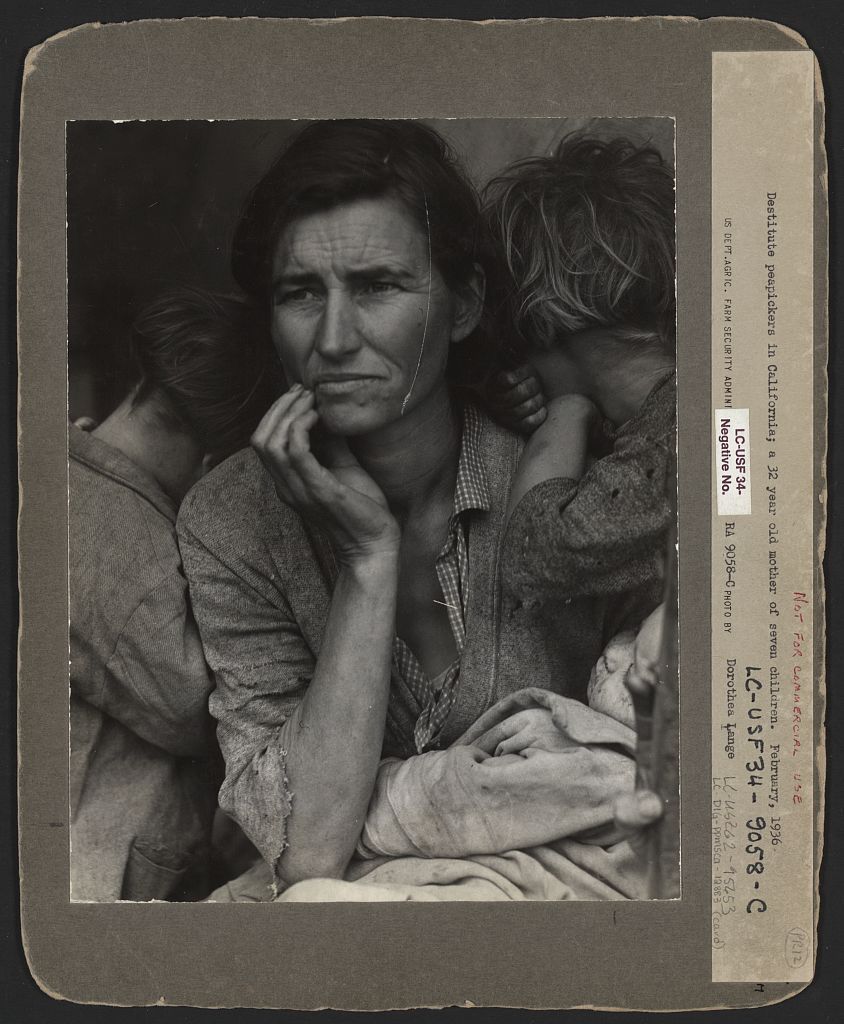
1936: The photograph that has become known as “Migrant Mother” is one of a series of photographs that Dorothea Lange made of Florence Owens Thompson and her children in March of 1936 in Nipomo, California. Lange was concluding a month’s trip photographing migratory farm labor around the state for what was then the Resettlement Administration.
Link
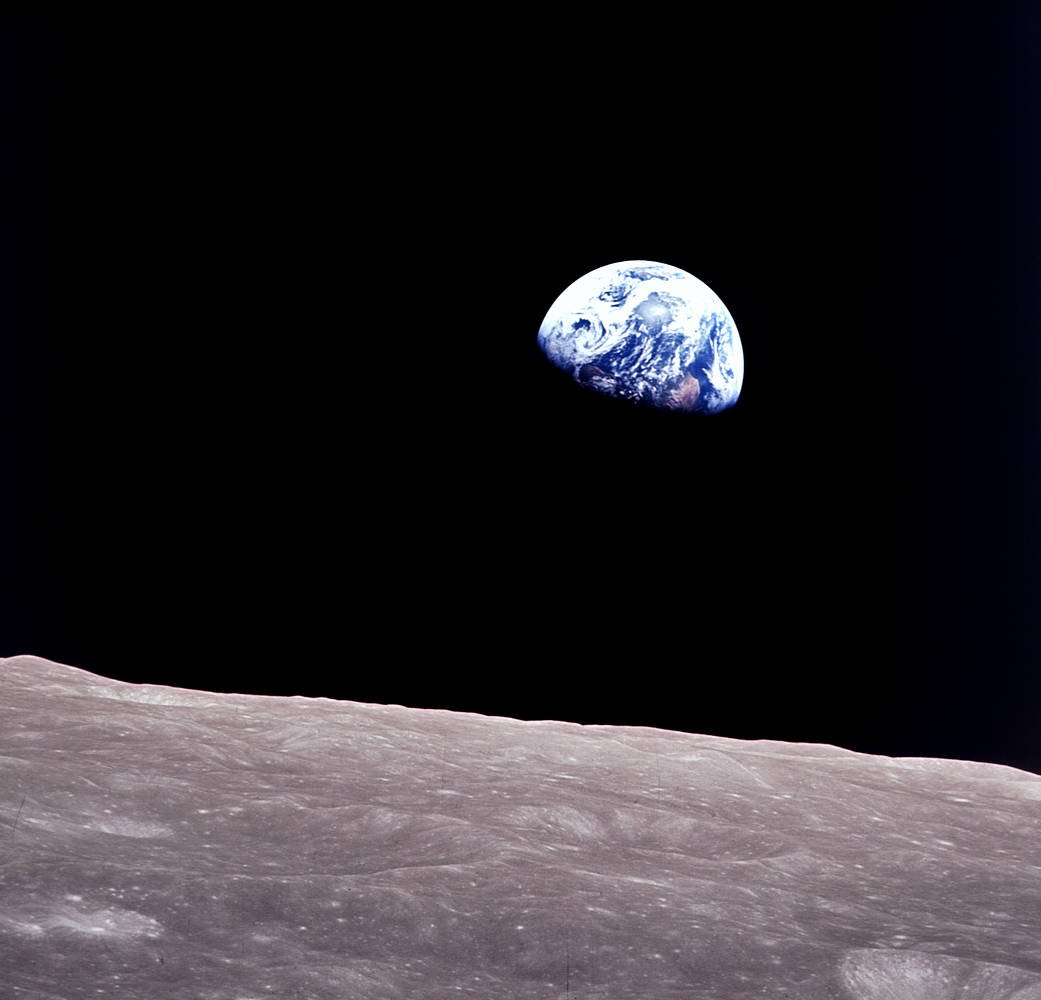
1968: On Christmas Eve, 1968, astronaut William Anders photographed the earth from outer space, the first time that the planet was viewed from afar. Postage stamps were issued with the image called “Earthrise”, and sixteen months later Earth Day was instituted internationally as a way of reminding ourselves to take care of our planet, looking fragile and vulnerable as it rotated in outer space in a photograph.
Link
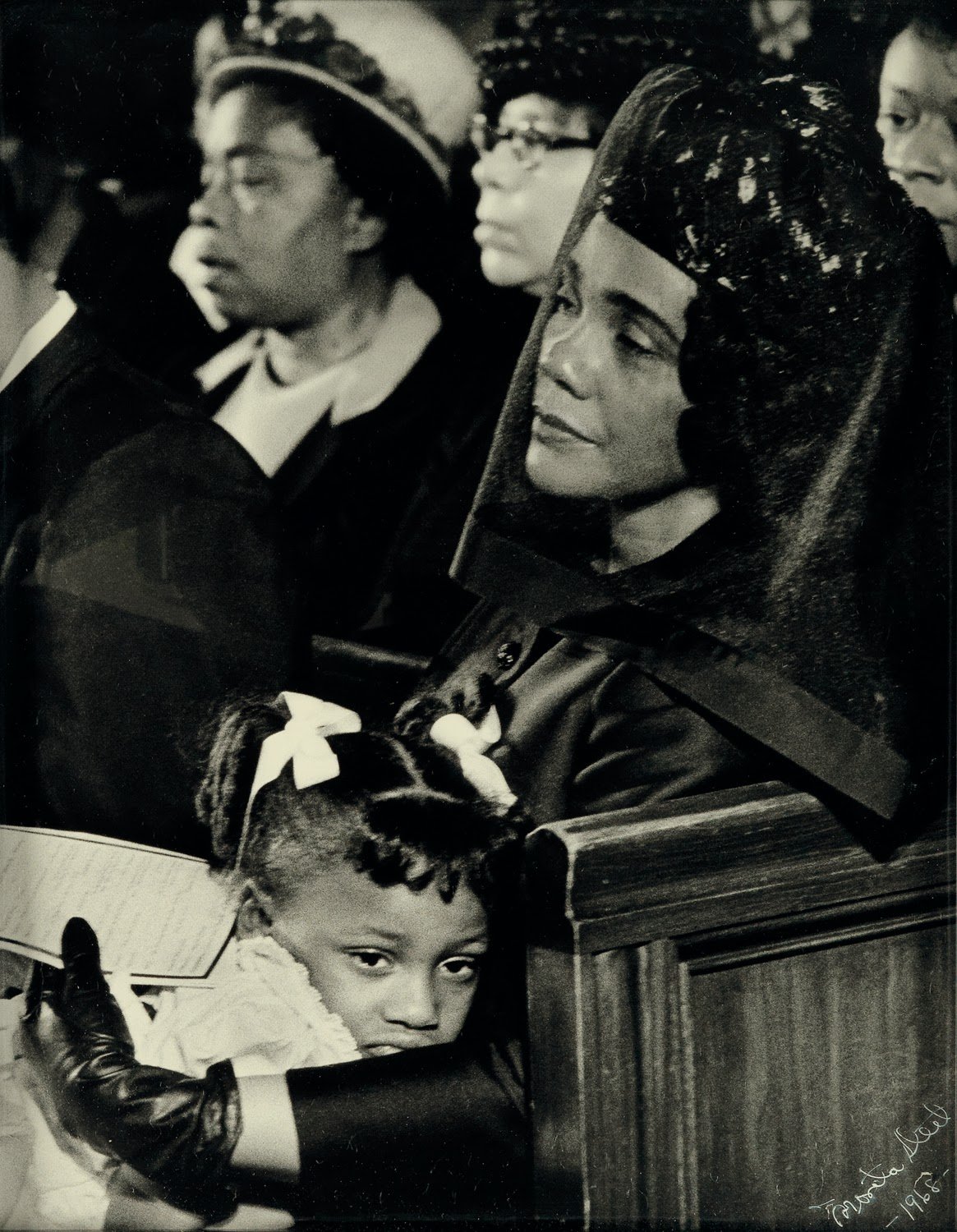
1968: Coretta Scott King solemnly clutches her daughter Bernice at Martin Luther King Jr.’s funeral in 1968. Moneta Sleet, Jr. won the Pulitzer Prize for Feature Photography for this image of a mourning widow and child, making him the first African-American photographer to win the highest honor for journalism. The full transcript of Dr. King’s ‘I Have a Dream’ speech can be found here.
Link
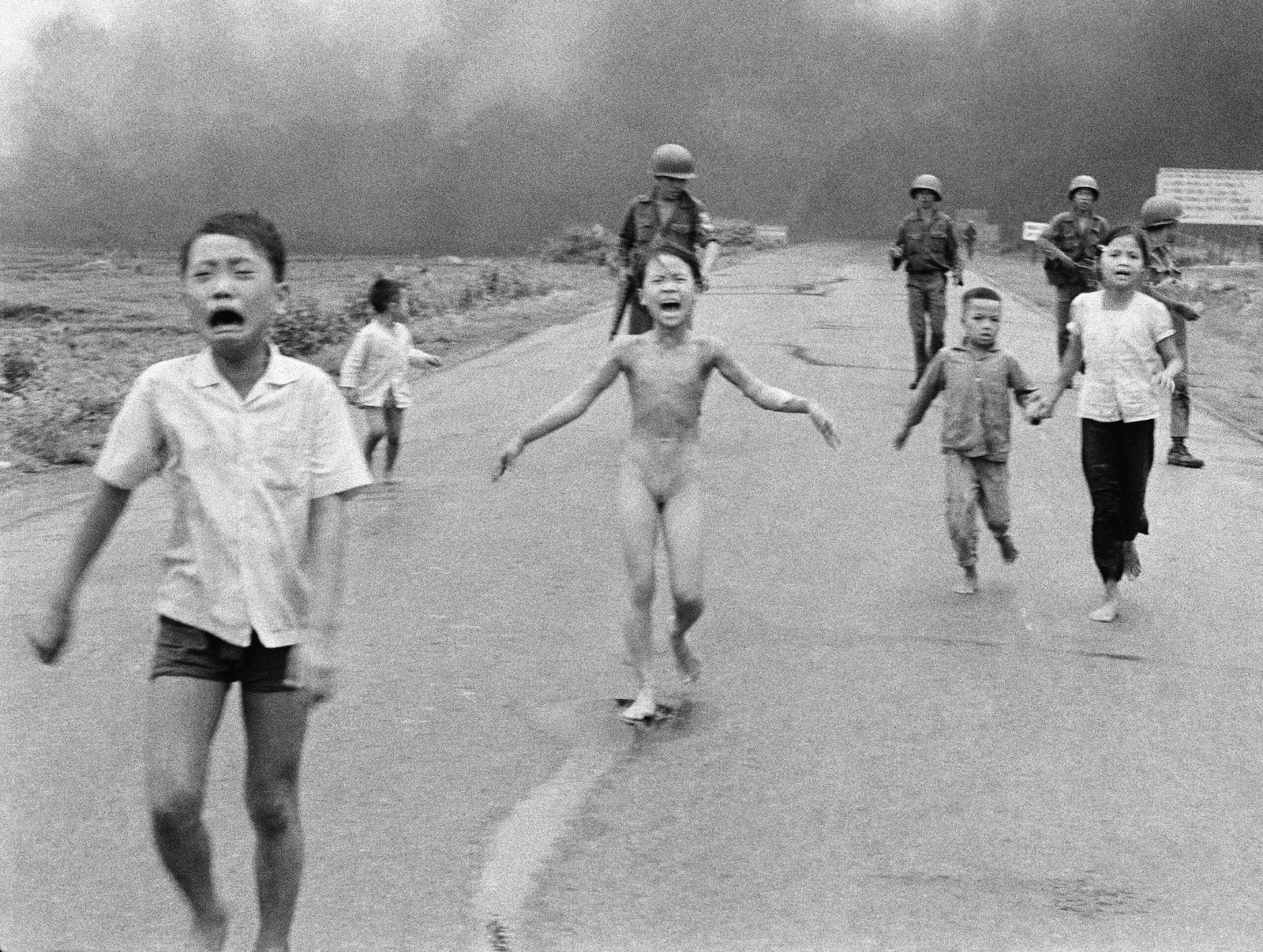
1972: Nick Ut photographed nine-year-old Kim Phuc as she fled a bombing by the South Vietnamese air force during the Vietnam War. Her skin burning from napalm, the photographer then took her to hospital. At first editors at the Associated Press did not want to publish the photograph, given that it showed frontal nudity. Although one cannot demonstrate a direct cause and effect, the year after the photograph was taken all American troops were withdrawn. A large reduction in troops also followed the 1968 photograph by Eddie Adams of a Vietcong soldier being executed in the street.
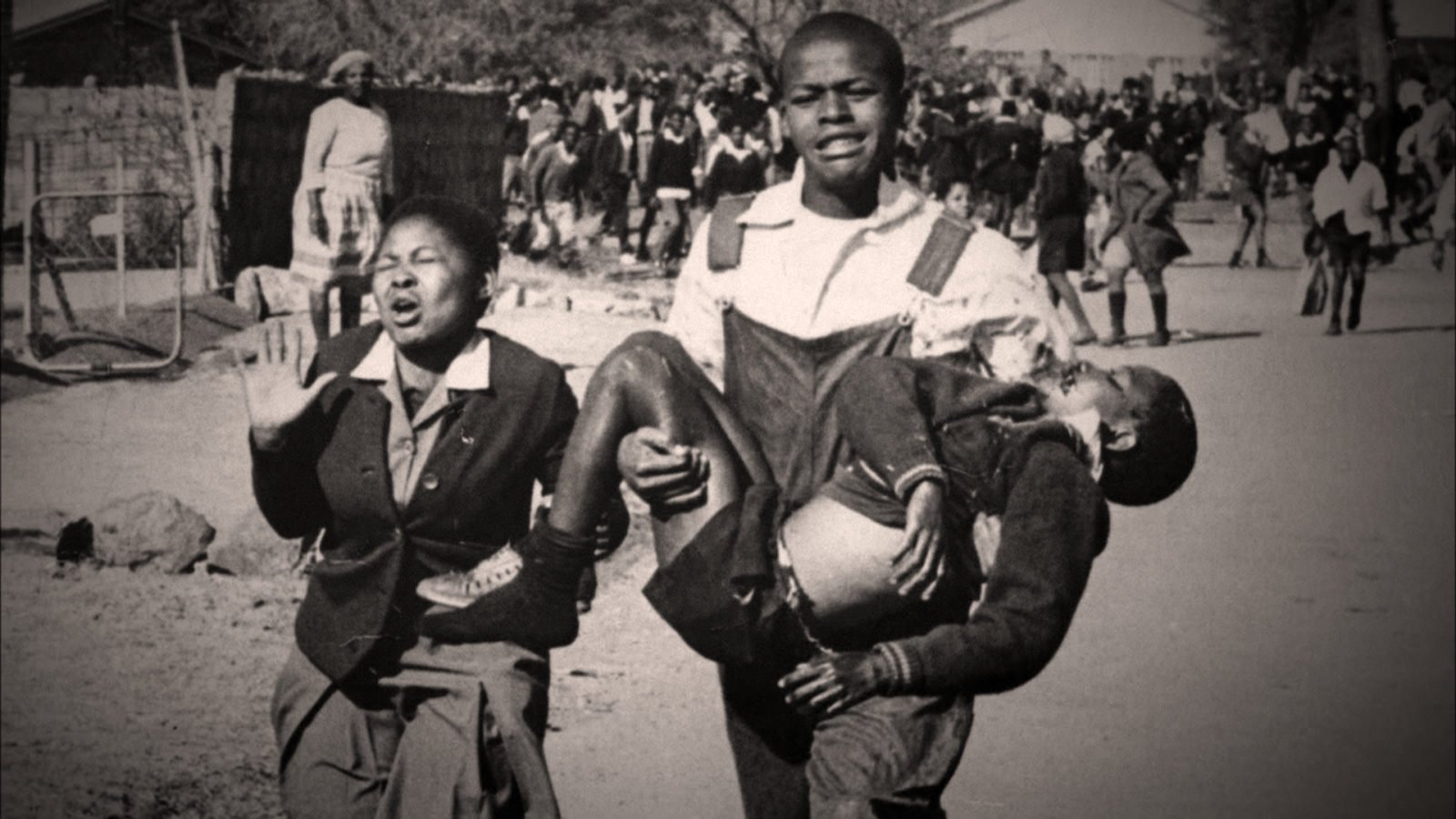
1976: During a peaceful march protesting the teaching of Afrikaans in South African schools, twelve-year-old Hector Pieterson was shot and killed by security forces. Due to government threats on his life, the photographer Sam Nzima had to flee to the countryside and give up his career as a photojournalist. Nzima related how when Nelson Mandela saw the photograph he said, “enough is enough,” apartheid had to end.
Link

2003: Many of the most important photographs in recent years have been made by non-professional photographers, in part a result of the widespread use of cellphones and digital cameras. Iraqi prisoners at Abu Ghraib were tortured by US soldiers, some of whom depicted their humiliation. These photographs, initially published in the New Yorker magazine, provoked worldwide demonstrations against the United States invasion of Iraq, demonstrating the power of “citizen journalism.”
Link / Link
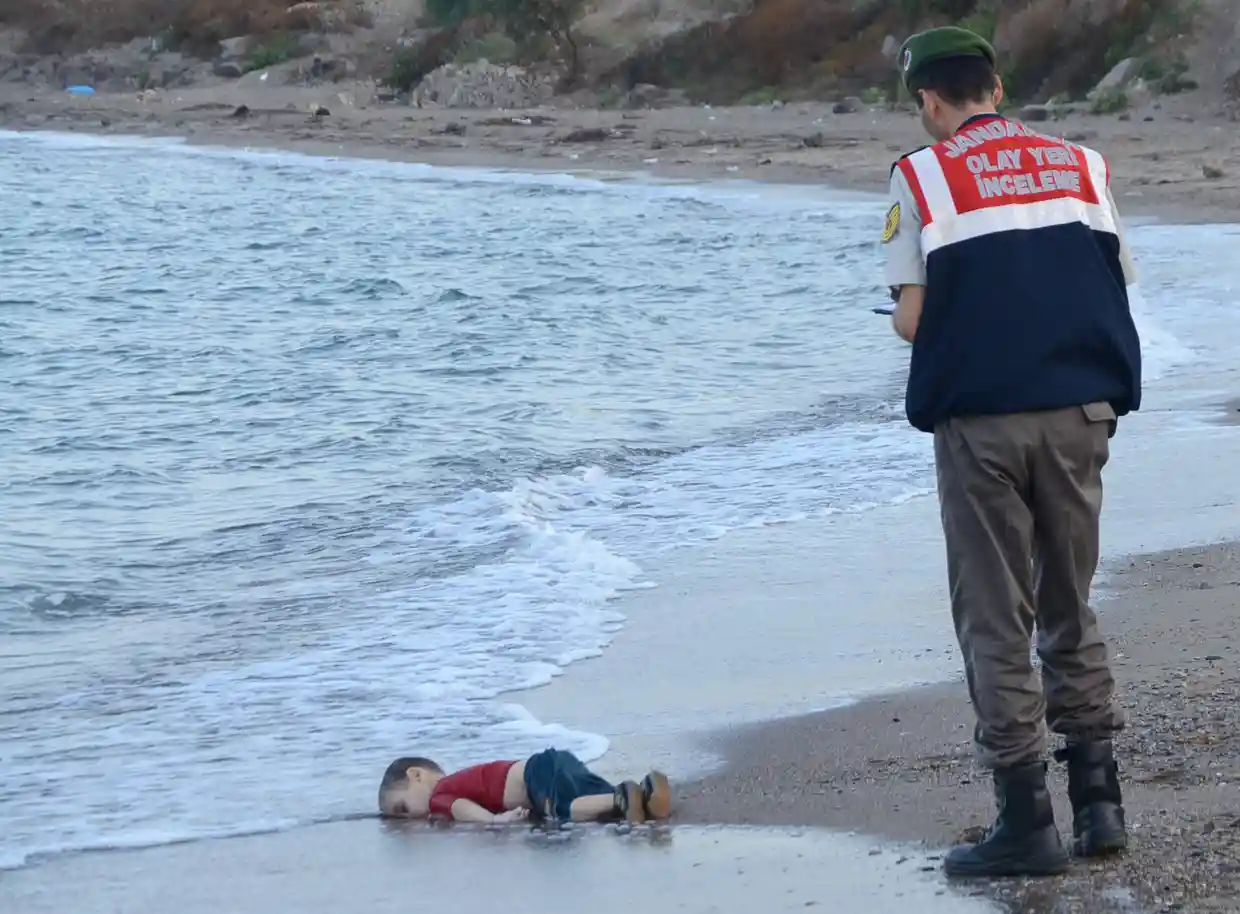
2015: Lying face down on the beach, three-year-old Alan Kurdi’s body was photographed by Turkish photographer Nilüfer Demir and became a symbol of the desperate situation of Syrian refugees trying to escape the war in their own country. Relief organizations reported massive increases in donations immediately following the photograph’s publication, thousands of refugees were given refuge, and it provoked many statements of concern by government leaders around the world. It can be considered the last iconic photograph to provoke significant international concern, and it is one of many that focused on children.
Link
2020: The video by a bystander, 17-year-old Darnella Frazier, showing George Floyd, an African. American man, as he was being murdered on the street by Derek Chauvin, a white Minneapolis policeman, who knelt on his neck for approximately nine minutes after Floyd was accused of spending a $20 bill that was counterfeit, provoked worldwide outrage against police racism and brutality. Videos, with their longer narratives, have proven more effective in recent years than still photographs in prompting widespread responses.
Link
